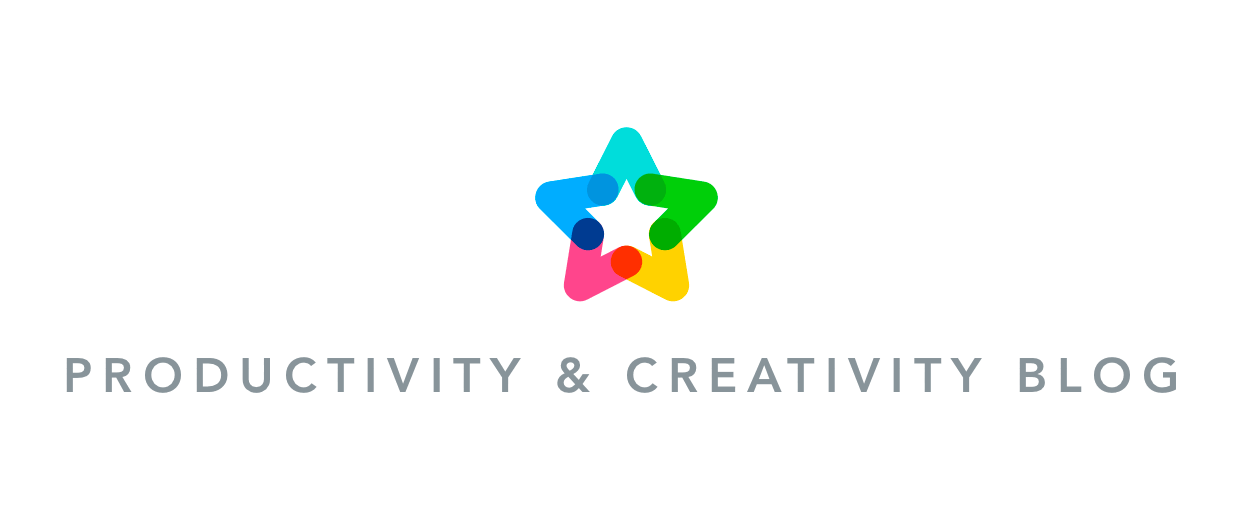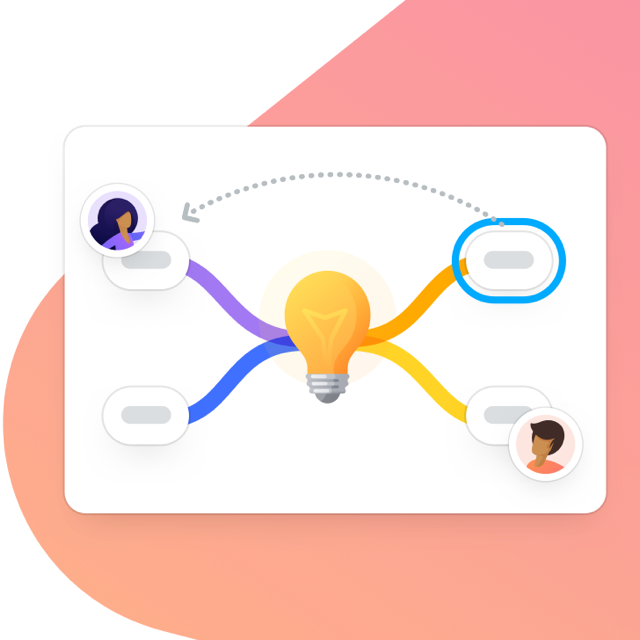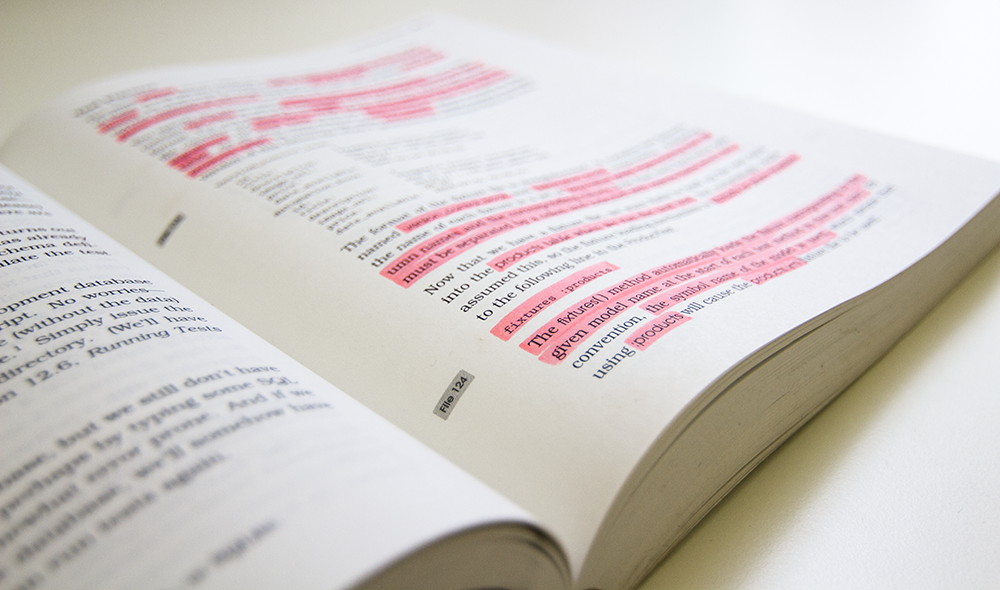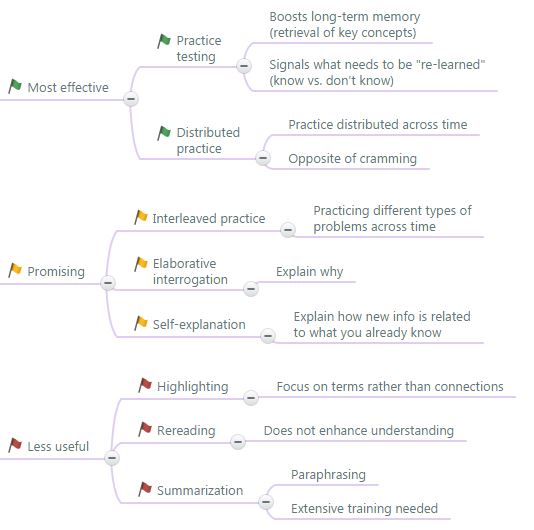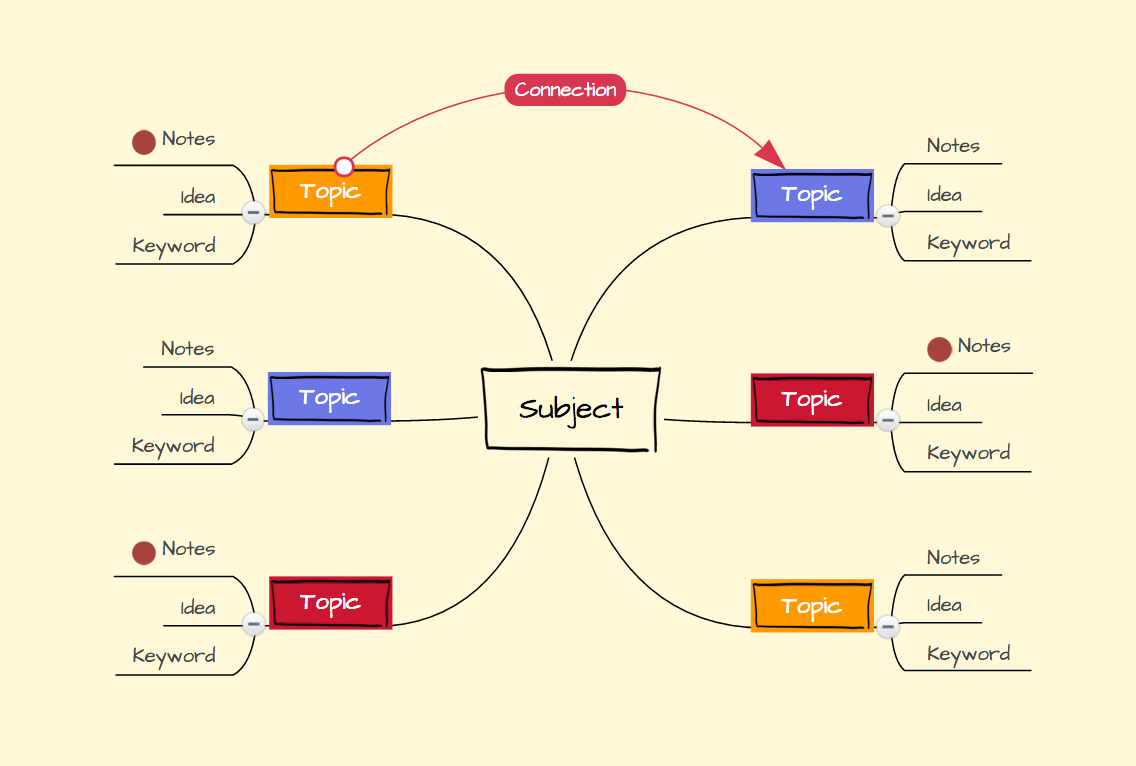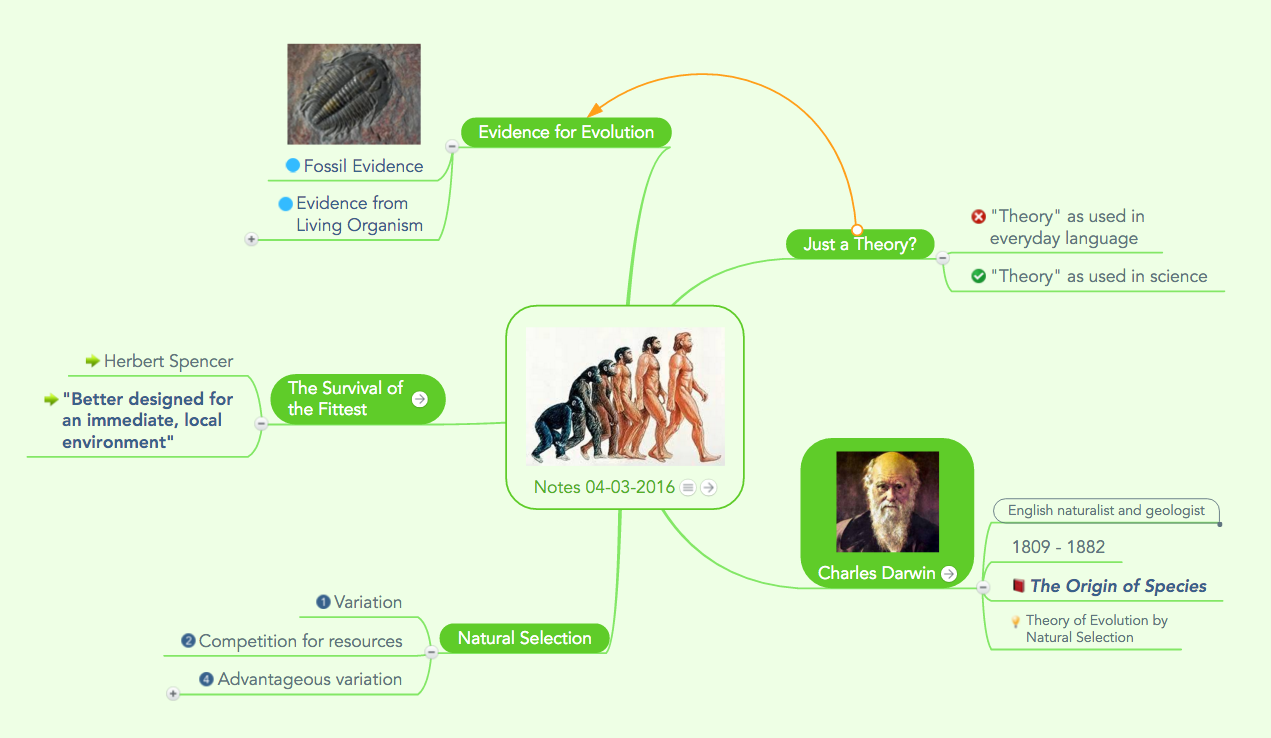Mind maps can improve memory and learning by helping students transition from collecting dots to connecting dots. This post—which was adapted from a talk given by Toni Krasnic at Biggerplate Unplugged 2016—examines the importance of learning how to learn. It provides a short overview of principles of memory and learning and effective learning techniques, and demonstrates how students can use mind maps to become more effective learners.
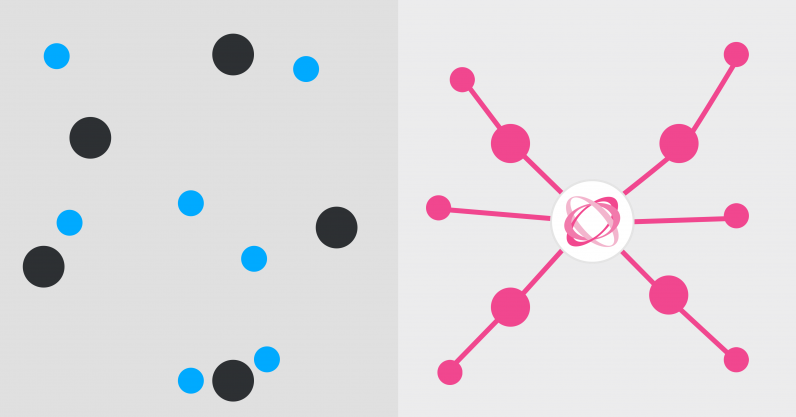
You can watch the original talk on YouTube, view it as a mind map presentation, or simply keep reading:
The Importance of Learning How to Learn
The traditional education paradigm is focused on what students need to learn. Little emphasis, if any, is on training students how to learn. As a result, students focus on memorizing information (collecting dots), and not on processing information, thinking critically, understanding, and meaningful learning (connecting dots).
In a recent publication by Richard Arum and Josipa Roksa, the authors examined whether students are really learning in college. Their study showed:
- 45% of college students made no significant improvement in critical thinking, reasoning or written communication skills during their first two years of college.
- After 4 years, 36% still showed no significant gains in these so-called higher order thinking skills.
Learning and Memory
Why do we remember some things and forget others?
Memory is a very complex topic, and multiple different models have been developed to explain it. What seems almost certain, though, is that our ability to remember information indefinitely has a lot to do with how we process that information.
According to the well-known information processing model there are three key stages of memory:
The first stage is sensory memory, which is the split second encoding of all sensory information. Most of the information, however, is not encoded at all. Only what we pay attention to gets encoded.
The second stage is short-term memory (or working memory), which is everything you’re thinking right now. Short-term is limited to around 7 bits of information (which, interestingly, is why phone numbers have 7 digits). It usually fades within 30 seconds.
Long-term memory, the third stage, is limitless and relatively permanent, although it can also fade over time. To move information to long-term memory, information must be deeply processed (elaborate processing) through meaningful learning.
If information is simply repeated (collecting dots), that information is only shallowly processed into memory.
On the other hand, if information is given meaning while learning (new information is connected with existing knowledge, which requires thinking), then it is deeply (elaborately) processed into long-term memory.
Discover online mind mapping!
Try MindMeisterLearning Strategies that Improve Memory and Learning
In a recent study by Dunlosky et al., the authors reviewed the efficacy of 10 different learning strategies, some of which were already popular with students (such as highlighting and rereading texts) and others which weren’t but had some initial evidence of effectiveness.
The study found that the most effective learning strategies were practice testing and distributed practice, techniques rarely used by students.
Interleaved practice, elaborate interrogation, and self-explanation also showed promise as effective learning strategies, whereas the least effective strategies turned out to be highlighting and rereading.
Using Mind Maps to Improve Memory and Learning
Mind maps are diagrams that visually organize and connect concepts.
They provide a number of key benefits for learners:
- Visible thinking: your mind map provides insight into your thinking.
- Filtering of key information: it lets you separate key concepts from fluff.
- Connections, not just concepts: notes are just ramblings until they are connected!
- Scaffolding of knowledge: breadth and depth.
- Big picture and details: forest and trees.
- Analysis and synthesis: breaking down information into parts and combining into a new whole.
- Individual and collaborative: learn by yourself or in teams.
- Flexible: freehand or electronic.
These properties make the mind map format ideal as a basis for putting effective study techniques into practice and thus improve memory and learning.
Mind Mapping Best Practices
To make use of effective learning techniques with mind maps, consider the following best practices:
- Connect new information with existing knowledge: this makes use of elaborative interrogation and self-explanation.
- Connect different types of information, such as textbook, lectures, and practice exams: this makes use of interleaved practice.
- Build your mind maps over time, such as before class, during class, and after class: this makes use of distributed practice.
- Test your knowledge by recreating mind maps, hiding branches, and adding notes and attachments: this makes use of practice testing.
As you study using mind maps, also consider:
- Self-assessment to identify gaps (what you don’t know) and correct any false knowledge.
- Self-reflection on your learning process and mind mapping process. Adjust your learning process and mind mapping process to improve your learning.
Getting Started with Mind Maps
For a successful start with the mind mapping technique follow these four steps:
1. Begin by exploring some mind maps that others have created. You can find great mind map examples in MindMeister’s public maps universe or on Biggerplate.
2. Next, choose a mind map program that fits your needs. There are many tools available, including some that are free. The mind map presentation used in this talk was done in MindMeister.
3. Try mind mapping! Pick a class topic, work project, or even a book, and create your first mind map. You can work alone or in teams with others.
4. Stay motivated and keep mind mapping! Hopefully you’ll find value from mind mapping demonstrated in your improved memory and learning, and grades and performance, which will provide motivation to continue mind mapping. As with everything else, the more you practice mind mapping, the better you’ll become. Learn from others in your mind mapping journey and share your experiences with them!
5. Check out this mind map created by Toni Krasnic that provides an overview of the most effective learning strategies.
Mind maps and the mind mapping process can help students significantly improve memory and learning. Give mind mapping a try – I’m sure you’ll be glad you did.
Improve Memory and Learning
Try MindMeister